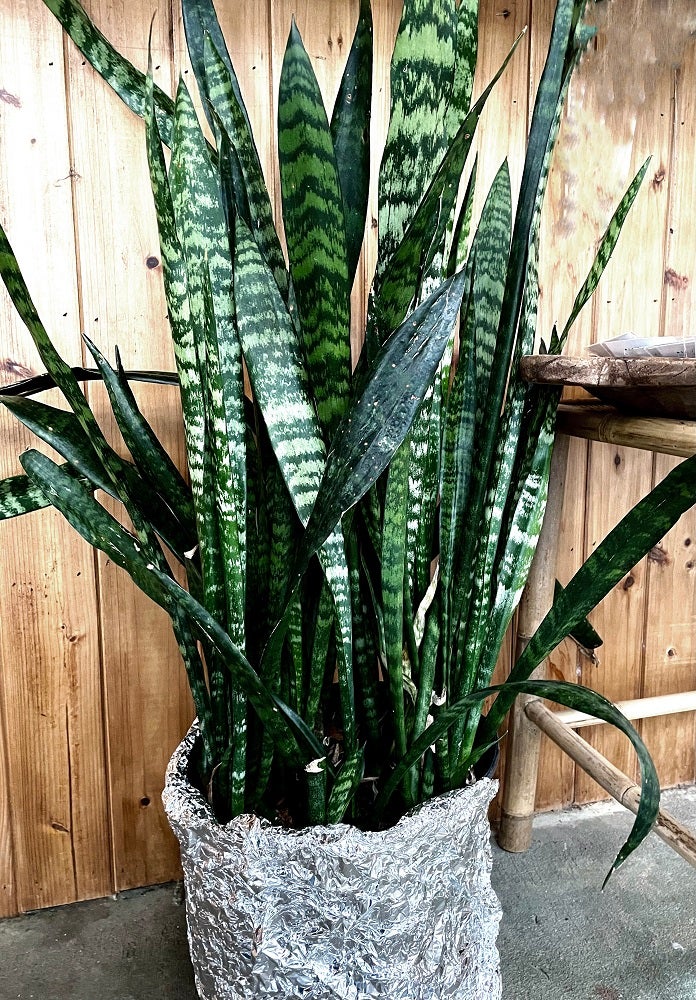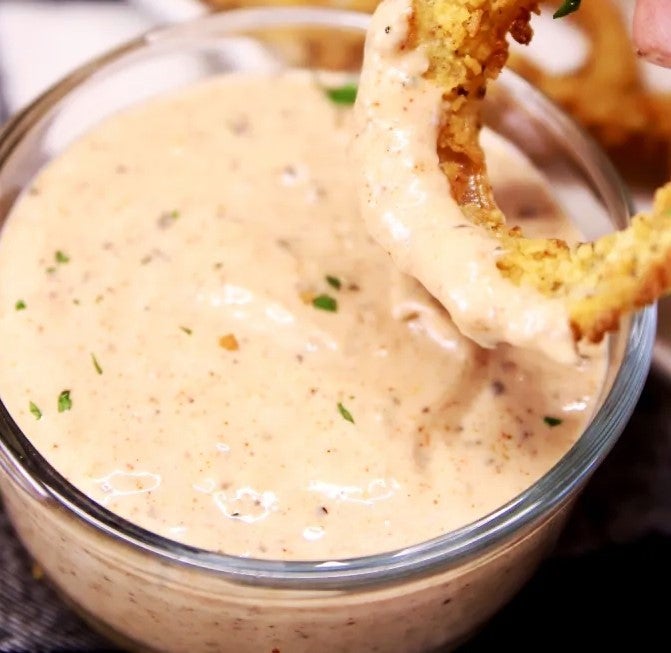It’s time to start fall chores
Published 7:00 am Saturday, September 3, 2016
Just a few of you may be feeling pretty guilty right now.
You may have either let your flowers burn slap up this summer or helplessly watched as they drowned, as the case may be.
Or sadly, due to lack of time, energy or whatever, you never planted any in the first place.
Your garden beds look like the surface of the moon with a few moon rocks scattered around to break the bleakness and monotony, or due to neglect your beds are rampant with weeds and grasses.
Cooler, drier days are coming, so don’t fret, as fall offers folks like you and me a second chance to redeem ourselves.
Many garden centers restock in the fall with a large variety of new and different plants, other than the usual mums and pansies.
We’re talking about all sorts of great stuff including trees, ground covers, shrubs and perennials. So go shopping!
Now is the time to look for fall blooming perennials. Asters, goldenrod, Mexican bush sage, Japanese anemone, just to name a few.
There are tons of selections of ornamental grasses and sedums to choose from at your favorite garden center or nursery.
As for shrubs, many roses get their second wind in September, blooming better than they have for months.
As cooler weather approaches, some of us get into a frenzy of raking, mowing, pruning, and in general “tidying up” the yard and garden.
Maybe we need to rethink this cleaning frenzy. Making a few changes could save you time, energy, fuel and natural resources that could result in benefits to your soil and ultimately the health of your plants.
Instead of sending all those lawn trimmings, leaves and other garden debris to the local landfill—how about recycling it back into the garden? These types of garden leftovers can be turned into nutrient rich compost, used for mulch, put in piles to provide winter habitat for wildlife, or left to decompose naturally.
Leaving fallen leaves and twigs in your landscape beds is nature’s mulch and will eventually decompose back into the soil as organic matter. The exception to this is leaves on the lawn or in ground covers.
Fallen leaves should be removed from turf areas and from most evergreen ground covers areas, as matting of leaves excludes light and oxygen and can be detrimental.
Leaving a few things undone like allowing spent flowers to remain or leaving a patch of tall grasses to linger in a corner of your yard could add some “structure” or winter interest to the landscape and create a nice haven for wildlife.
Now, it is a good idea to deadhead flowers during the growing season to keep the garden looking neat and to encourage new blooms, but when fall arrives and plants are nearing the end of the flowering cycle, leaving those flowers will allow reseeding plants to form seed.
Some of these seed heads are quite attractive and can provide food for wildlife as well. Leave a few dead stalks of non-diseased upright, spreading and vining perennials to serve as winter protection for the plants crown and roots.
You’ll also be providing a protective cover for a host of birds, as well as other “good critters” such as adult ladybeetles, pollinating bees, praying mantids and other beneficials.
By Dr. Eddie Smith




